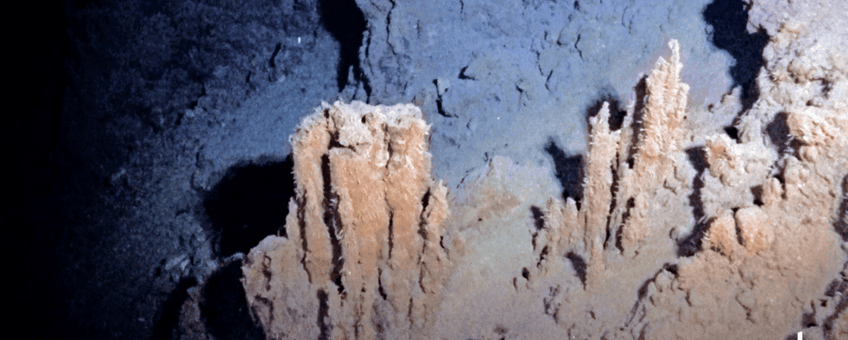
1.4 million euros for Dutch research into impact of deep-sea mining
Naturalis Biodiversity Center, NIOZ Royal Netherlands Institute for Sea Research, Delft University of Technology, Utrecht UniversityThe Dutch collaboration is coordinated by marine biologist Sabine Gollner from the Royal Netherlands Institute for Sea Research (NIOZ), and consists of researchers from NIOZ, Utrecht University, Naturalis and TU Delft.
MiningImpact3 is an international research project studying the environmental impacts of potential future deep-sea mining, coordinated by Matthias Haeckel from GEOMAR (Germany). It focuses on two deep-sea ecosystems rich in critical metals: polymetallic nodule fields in the Pacific Ocean and seafloor massive sulfides in the Atlantic, along with the overlying waters. The third project phase (hence the name ‘MiningImpact3’) addresses knowledge gaps related to environmental changes, biodiversity, and ecosystem functions across space and time. Researchers will also assess the long-term effects of test-mining conducted at polymetallic nodule fields in 2021. The findings will help develop tools for managing, regulating, and governing deep-sea mining.

Dutch research team
A team of Dutch researchers from NIOZ, Utrecht University, Naturalis and TU Delft, who are part of the MiningImpact3 consortium, are now awarded 1.4 million euros. The Dutch research effort will be coordinated by Sabine Gollner from NIOZ. Their contribution to the international project will include studying biodiversity on the seafloor and in the water column, modeling plume dispersal and food-web changes post test-mining, exploring restoration options, and establishing best available technology frameworks. They will also examine international deep-sea mining governance in relation to other regulatory regimes in the North-East Atlantic Ocean. Moreover, to ensure transparency at a time of growing societal concerns about environmental risks, the project will ensure that its scientific findings are accessible to the public, including by engaging a non-academic audience through exhibitions and science-art collaborations.
First mining application on it's way
Sabine Gollner: “This funding is critical at a time when a first contractor announced that it will hand in an application for a mineral exploitation contract to the International Seabed Authority in June 2025. Through the MiningImpact3 project, we are able to independently collect scientific information on long-term environmental effects after test-mining, and address current knowledge gaps and communicate clearly about remaining uncertainties.”
Text: Royal Netherlands Institute for Sea Research (NIOZ)
Photos: NIOZ (lead photo: a deep-sea ecosystem surrounding an inactive hydrothermal vent. Much is still unknown about the impact of deep-sea mining on these types of ecosystems); Geomar
The funding for this project is allocated from within the Joint Programming Initiative Healthy and Productive Seas and Oceans (JPI Oceans) call ‘Ecological Aspects of Deep-Sea Mining’. The Dutch Research Council (NWO) facilitates the Dutch contribution within this call on behalf of four ministries (IenW, LVVN, EZK, BuZa). In total, the MiningImpact3-project has received 9 million euros, of which about 5.7 million euros is from European national funders, including from NWO.
